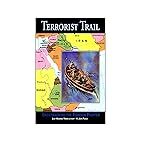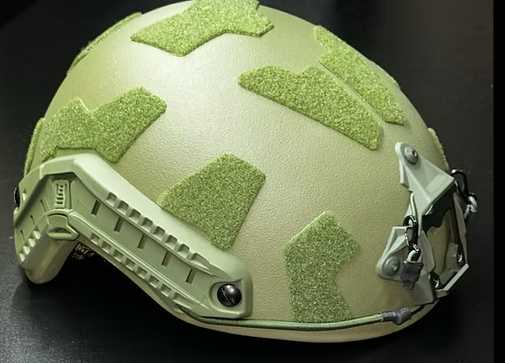Amazon Link: Terrorist Trail
As promised, I just finished Terrorist Trail by H John Poole. For those not already familiar, H John Poole is America's foremost thinker on small unit tactics. His training group has trained a lot of US military units, in particular Marine units. Poole was a platoon leader in Vietnam, then resigned his commission in order to enlist as a sergeant and teach at USMC School of Infantry East. He eventually was commissioned a second time (unheard of) and retired.
Terrorist Trail was written in 2006 during the height of the insurgency in Iraq. The purpose of the book was to brief small unit leaders enroute to Iraq on the source of the foreign fighters that were pouring into Iraq.
He traced a route from the Beqqa Valley in Lebanon, a Hezbollah/IRGC (Iranian Republican Guard Corps) stronghold, through Jordan and then along the Euphrates into Sadr City. Based upon experience I'd say he was 100% spot on in his assessment.
The book places the blame not just on Hezbollah and the Iranians, but on the TRUE funder of all this: CHINA. Poole points out that the fighters are being trained at camps in Sudan. Sudan is heavily controlled by the Chinese. Chinese oil companies (the CCP) run Sudan's oil fields. The largest contingent of peacekeeping troops from the UN in Darfur: You guessed it, CHINESE. I've been making the point that China uses it's role on the Security Council to deploy troops all over the world, which begins mass migration of Chinese into these nations.
Poole dives deeper and exposes the Chinese and Maoist influences throughout Africa from the 60s until the present day. He gives fantastic historical recaps of every bush conflict there. He dives very deeply into the fall of Rhodesia, orchestrated by the Chinese and the fall of Mozambique, also orchestrated by the Chinese. If you are interested in the history and operations of the RLI and the Selous Scouts (PAMWE CHETE!! - which is Shona for "All Together" or "Gung Ho" in Chinese - where have he heard this before?) this book is for you.
As far as small unit tactics, there is only chapter that deals with that. It goes into detail on tracking in an urban environment. That material is pulled directly from Combat Tracking Guide by John Hurth. It used to only be handed out during his class (where I got my copy), but it is available here: Combat Tracking Guide.
If you are solely interested in learning Small Unit Tactics, I wouldn't say you need this book. If you are a history student, interested in Rhodesia, or interested in intelligence information on Chinese methods, I would buy this.
If you are new here, become a monthly supporter to get exclusive videos, intelligence updates, and extra content....


















